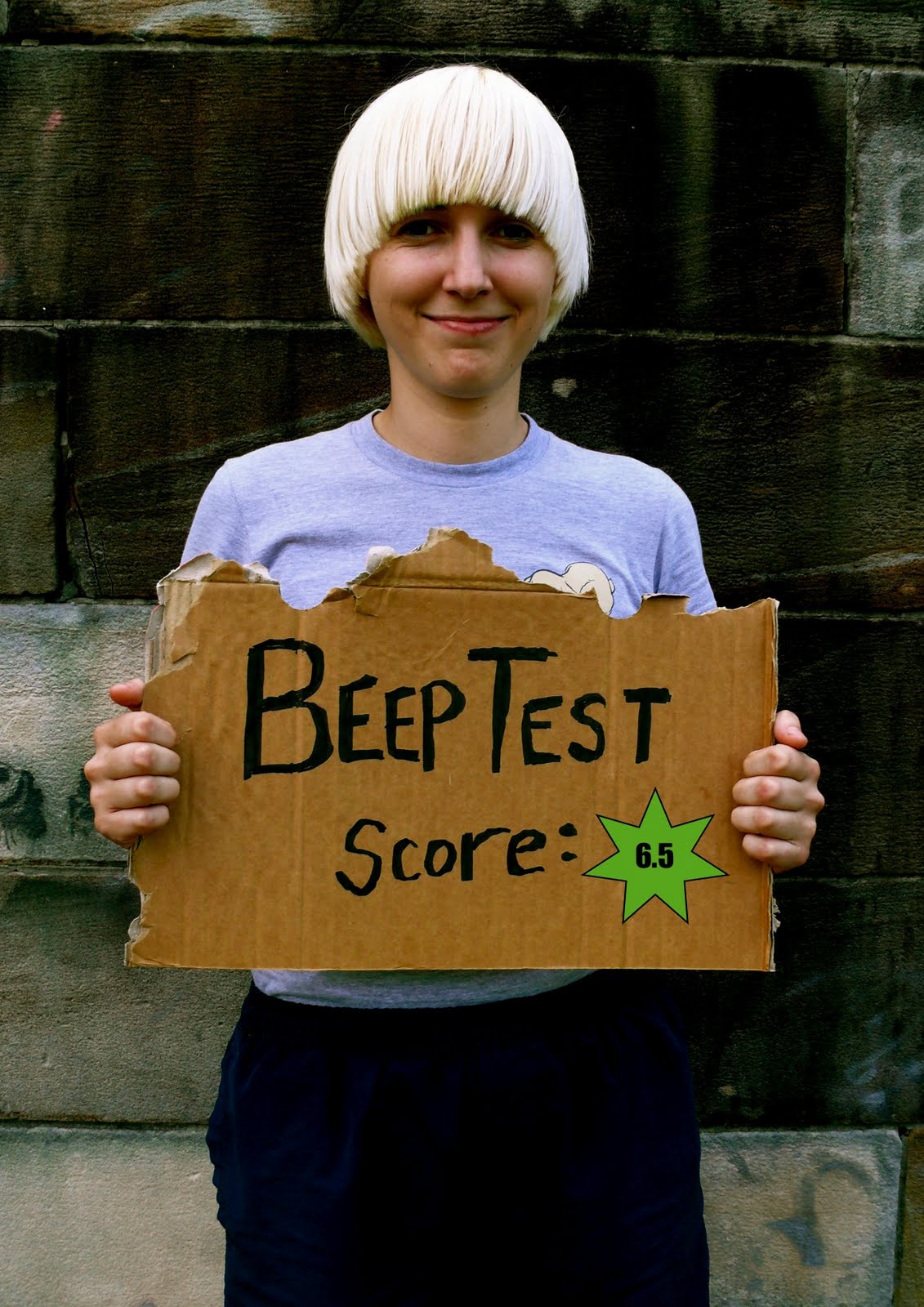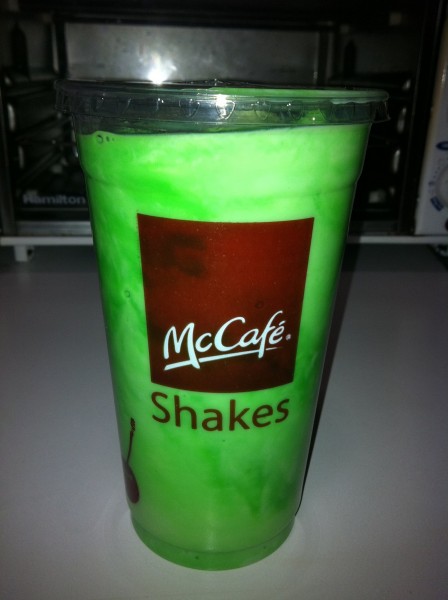Another Sugary Experience
I have to expand on a portion of my post on StrongGirlsWin.com from yesterday: the 3-Hour Glucose Tolerance Test. So, the test is screening for Gestational Diabetes and you only have to take this version if you fail the 1-Hour Tolerance Test (which I did).
There are, of course, strict rules to follow to keep the test valid:
- Eat a diet containing at least 150g of carbohydrates per day for 3 days prior to testing.
- Fast for 8-hours before consuming glucose solution.
- Drink solution containing 100g of glucose within 5-minutes. Think throwing back about 4 shots in 5-minutes… maybe not the best idea.
Then you sit for 3-hours that are interspersed with blood drawing every hour.
Doesn’t sound too bad does it?
Well, for me, this is about as bad as it gets in terms of medical testing. I have strong dislike for fasting, having my blood drawn, being forced to drink huge amounts of sugar, and sitting still for long periods of time. I’m not trying to exaggerate or be funny, I really don’t like any of those things.
In fact, I almost didn’t get the test done at all. After all, I’ve “been there, done that” with my first pregnancy. So, why should I put myself through this hellish experience again?
Aside from simply “getting over myself” and acting like an adult, I pulled up some research to educate myself on the risk factors associated with babies who are born to women with gestational diabetes and decided I did, in fact, need to get over myself.
A couple of the most notable risk factors for the child that I didn’t know include: increased likelihood of becoming diabetic at some point in their future life and falling into a coma if the doctors don’t know they need to monitor the newborn’s blood sugar levels. Those were the two points that resonated with me.
Well, anyway, this got me thinking about how absurd it is to consume so much sugar in one sitting, much less in one single day. But, that’s exactly what people do ALL the time!
Here are a number of popular beverages you or a loved one probably consumes regularly. All have around 100g of sugar:
You may think I'm being a bit dramatic about this whole thing. It's just a standard test, after all. But diabetes has a history in my family and I recognize my body's own regulation of its blood sugar levels as a natural challenge - pregnant or not. I've actively been trying to provide myself the best quality foods for about 10 years now and the idea of failing any sort of glucose test is frightening for me!
The good news is I passed my second test and the doctor assured me failing the first version is NOT a sign of things to come... not sure if I totally believe her. I think I'll just keep my head down, focused on continuing to consume high-quality whole foods and will have to enjoy Shamrock Shake commercials instead of indulging in the real thing:
The Yo-Yo Intermittent Recovery Test
Whether you call it the Beep, Bleep, or Yo-Yo Test all the names are all essentially synonymous. Jens Bangsbo, a Danish soccer physiologist, developed the beep test in the early 90’s. It is wildly popular with soccer teams worldwide, but has applications for all sports of intermittent nature.
 Who the Beep Test is for:
Who the Beep Test is for:
Well in this case I am referring to one specific variation of the beep test: the Yo-Yo Intermittent Recovery Test (Yo-Yo IR1 or 2). This assessment is fantastic for team sports of an intermittent nature (meaning there’s a lot of stop-and-go). I use it with my basketball, lacrosse, and soccer teams. It would also be appropriate for rugby.
***Disclaimer: This is a MAXIMAL effort test and should only be conducted with competitive athletes, not recreational athletes. There is a high level of fitness needed to successfully complete testing.
Why this test is so great:
- It is SUPER easy to implement in a team environment! You don’t need any special equipment; just some cones, measuring tape, whistle, and an app that plays the test version you want (the one I use cost about $3).
- It allows a coach to know an athlete’s VO2max for comparison and progress tracking purposes without having to use any fancy-schmancy equipment.
- The Intermittent Beep Test is a fairly sport-specific test for the team sports I listed above. It accounts for the frequent sprints, cuts, and walking associated with such sports and allows us coaches to apply a structure for analysis. This test goes light-years beyond simply running the mile in terms of the relevance of information that can be extracted.

Setup & Protocol:
- Create lanes for each athlete to run within – a lane is comprised of 3 cones. From where you place cone 1, measure out 5 meters and drop the second cone, from cone 2, measure out 20 meters and drop the third cone. Repeat this process for the number of lanes you need.

- Be certain to go over the rules of the Beep Test thoroughly with the athletes ahead of time. The speed increases as the test progresses and sometimes that’s hard for them to grasp. I usually let the group do a few passes as practice to remember what the test feels and sounds like.
- Start the test! If you are using this with a large team, you’ll want to divide the group in half and run it in two flights. This way, the athletes can partner up and the non-running athlete can count the total number of sprints for the runner.
- Two “misses” end the test. Record the total number of sprints.
***The purpose of reviewing test structure is simply to give you an idea of how the Beep Test is conducted. Consult formal instructions that come with the recording/app for more detailed information.
Interpretation:
Once you’ve recorded the results, now you want to know what it means! Simply plug your results into one of these two formulas to get the VO2max estimation:
Yo-Yo IR1 test:VO2max (mL/min/kg) = IR1 distance (m) × 0.0084 + 36.4
Yo-Yo IR2 test: VO2max (mL/min/kg) = IR2 distance (m) × 0.0136 + 45.3
Now that you know where your athletes' VO2max scores fall, you can begin to track and compare across other sporting platforms and look vertically within your sport at different levels to see where your athletes fall.
 As a side note, I think this is the first post I've gotten up on-time in about a month (10am is the soft-deadline). I've already patted myself on the back.
As a side note, I think this is the first post I've gotten up on-time in about a month (10am is the soft-deadline). I've already patted myself on the back.









